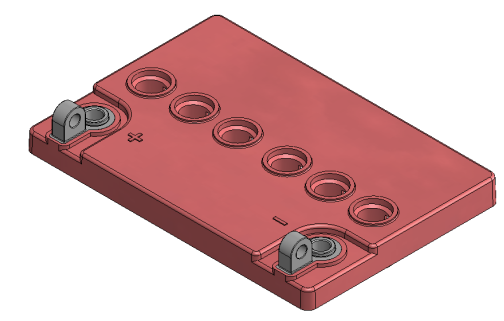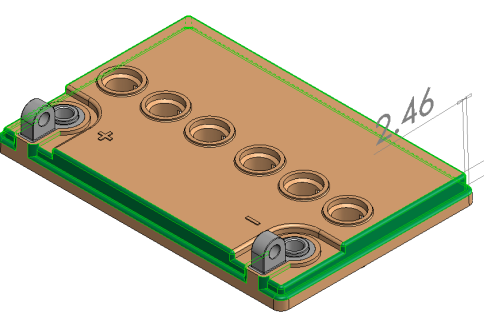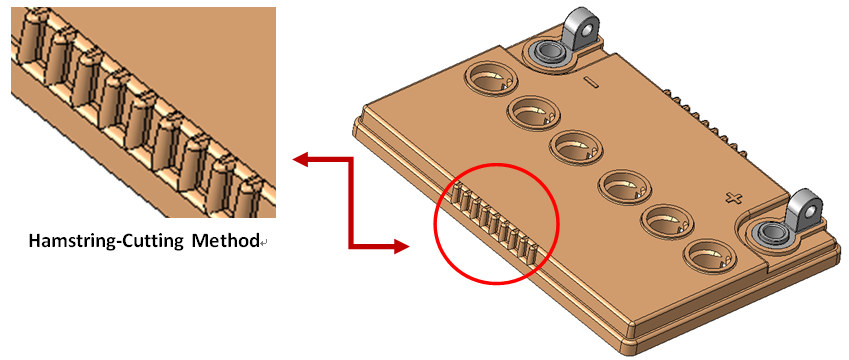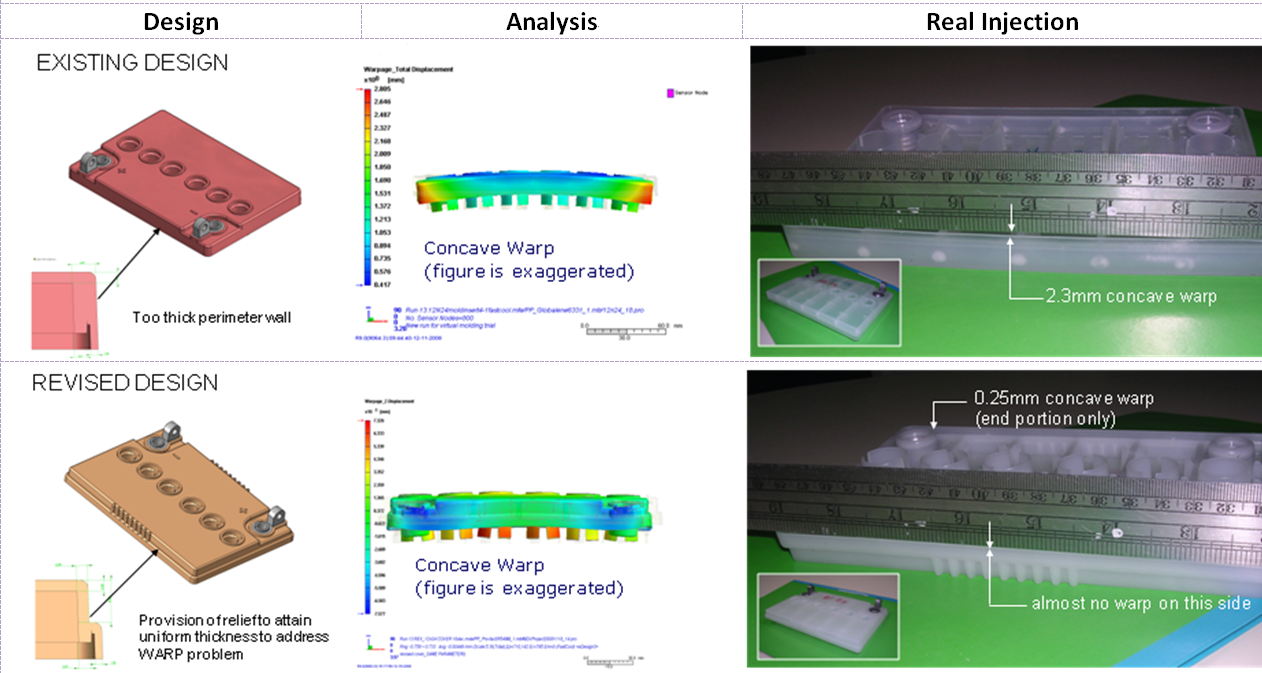- The Challenge: Prototype testing limitation, insufficient understandings of production parameters and other quality issues.
- The Solution: Implemented Moldex3D CAE analysis tool and leveraging on its quick design verification capabilities to improve product quality.
- Key Benefits: Mold developing cycle is greatly shortened by about 70%.
Using simulation to verify design quality and speed up the time to market is no longer an impossible mission since CAE (computer aided engineering) solutions are much more popular and user-friendly nowadays. However, eliminating the gap between design concepts and manufacturability is still difficult due to various concerns like the limitation of prototype testing, insufficient understandings of production parameters, etc. For plastic part and mold design teams, it might be an even more challenging task to ensure the manufacturability because polymer is comparatively complicated – quality issues would happen with the combinations of parameters or different conditions.
During decades, Ramcar Technology Incorporated (RTI), the leading battery manufacturer specializes in designing and building a wide range of plastic injection molds, and the team has an average of 15-20 years experience in this industry. Foreseeing that more and more challenging demands are pursued by customers: like lead time, quality, cost, etc., RTI decided to implement CAE analysis tool for plastic injection molding to secure leadership. After 2 years, simulation-driven design and manufacturing helped RTI reach two major successes they expected:
- The mold developing cycle is greatly shortened by about 70% – optimized product development process can be figured out at the shortest time possible.
- The verified design know-hows and know-whys became RTI’s technical asset and competence.
The below RTI case witnesses one of the most wonderful concepts from Peter F. Drucker, the Father of Modern Management – “Efficiency is doing things right; Effectiveness is doing the right things.”
It is an upper cover of an automotive battery with deformation problem. Some people might feel this part looks simple. But it is really complicated if we deeply look into the entire development cycle – we would be surprised with how much time and cost consuming it would be if we go with the traditional trial-and-error way.
Generally speaking, deformation means headache. Many advices might come from different teams: part design, tool design, material, molding, etc.. However, if effectiveness is the goal, what are the right priorities we should pick?
From past experiences, RTI knows clearly that modifying the thickness design would be the right thing to reach customer’s expectation. However, RTI also knows the way they selected –revising the part design is the most difficult one. At least the answers for the three questions below needs to be well prepared:
- How to convince the customer this is the right thing to do?
- Where and how to modify?
- What is the interaction of different design parameters and how to handle it?
 |
 |
|
|
Customer’s specification is 0.5mm for concave warp while 2.0mm for convex warp. The actual warp is 2.3mm concave warp. We suggested to revise the wall thickness to make it uniform but the customer doesn’t believe that the warp problem will be corrected. — Mr. Noel D. Jarical, Design and Engineering Manager of RTI.
Within limited time, RTI completed a number of verifications and showed their technical competency, which combines its experiences with Moldex3D strengths – not only figured out the right direction for revision, but also proved it with solid validations.
One of the most obvious differences between traditional trial-and-error and using CAE is we can always accumulate know-how and know-why more systematically and cost-effectively. With the traditional way to verify with real mold trials, huge time and money have to be invested to find out where and how much should be modified.
By that time, Moldex3D was being applied for its capabilities – especially the accuracy and extra high computation performance. We ran this product with modified wall thickness. Simulation results gave a minimal warp and we had shown this to our customer and convinced them to pursue the revision.
 |
 |
Time is another concern. With the properly-arranged hardware and Moldex3D unique parallel computing capability, several true 3D design iterations could be verified overnight after the design team leaves the office. Moldex3D Parallel computing and Remote Computing are two benefits for customers to maximize their hardware performance – and again our time can be saved for creating more values!
CAE is proven to be an essential technology for improving product quality by many industrial leaders along the years. But besides the more well-known role it plays for improving quality and profitability, domain-knowledge management is becoming a more and more critical lesson for the entire supply chain.
Accuracy and computation performance are what we commit to our customers via Moldex3D – these promises may not be romantic enough, but they are born with real responsibility and respect for what our customers are struggling with. From this Moldex3D successful story, here is the lesson we learned from working with RTI, the leader of automotive battery industry: Turn the Complicate into the Brief; Repeat the Brief into the Critical.
Actual product gave almost the same results as with the simulation result. We believe that huge time and costs are saved, and the most important is, we further strengthened and proved our core competency. For our customer, RTI stands for the true Reliability — we can effectively ensure the high-standard quality (even outperform) because of our knowledge management, not only know-how, but also know-why. This is the win-win RTI created with Moldex3D and CoreTech team.




